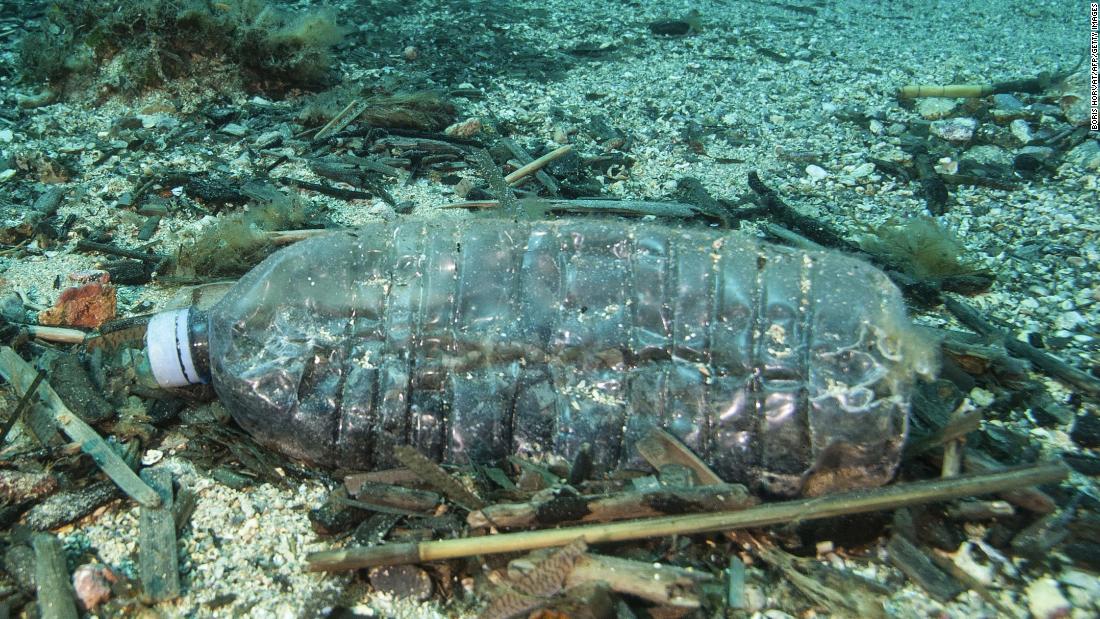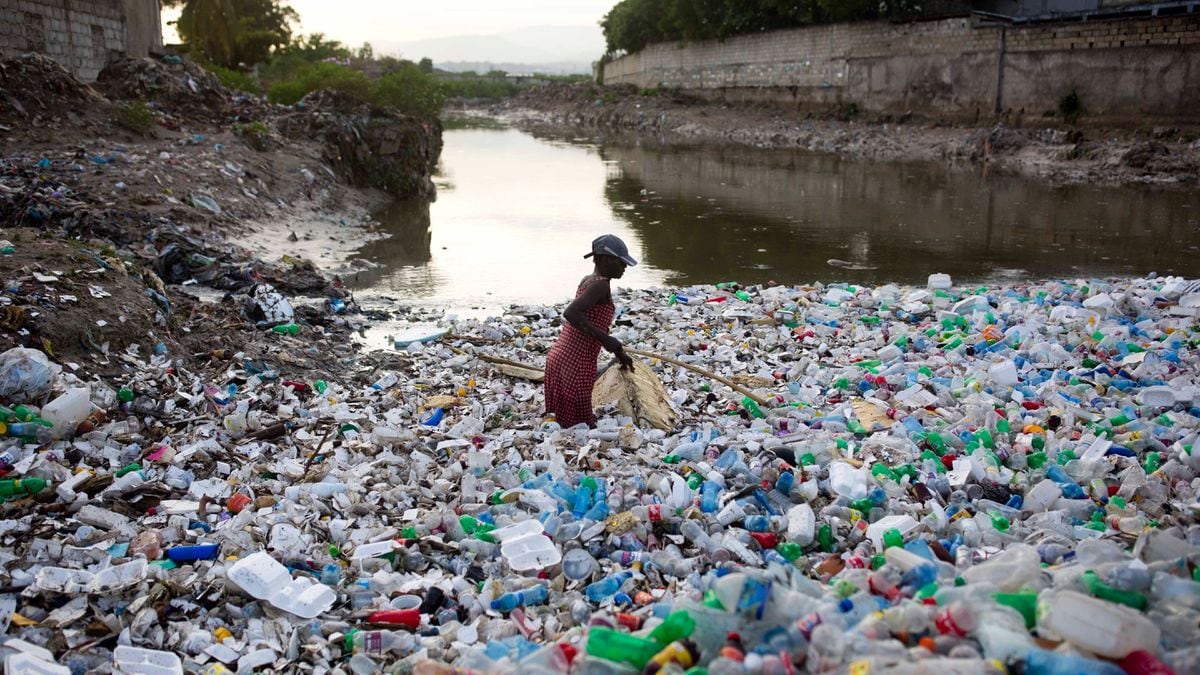There are millions of tons of microplastics in the sea 0:47
(CNN) -
It is well documented that large amounts of plastic enter the oceans each year, polluting the seas, littering the beaches and endangering wildlife.
And that microplastic pollution has been found even in the most remote regions of the Earth, like Antarctica or in the deepest parts of our oceans.
But relatively little is known about the levels of plastic found in the seafloor and deep-sea sediments at the bottom of our world.
A new study by Australia's national scientific agency CSIRO, published in the journal Frontiers in Marine Science on Monday, shed some light on the problem of plastic in the sea, estimating that there are 14 million metric tons of microplastics at the bottom of the ocean. ocean.
That's more than 35 times more plastic than is thought to float on the surface, the study suggests.
Scientists create a 'superzyme' that eats up plastic bottles six times faster
Washing clothes is polluting the oceans 3:54
Plastic pollution in the oceans
The researchers say the work is the first global estimate of microplastics - pieces of plastic that have been worn away by the elements into tiny fragments, less than 5 millimeters (0.5 centimeters) - on the seafloor.
Using a robotic submarine, the team collected deep-sea sediment samples up to 3,000 meters deep from six sites in the Great Australian Bight, up to 380 kilometers off the coast of South Australia.
Analysis of the 51 samples taken found that there was an average of 1.26 pieces of microplastics per gram of sediment.
The researchers say that's up to 25 times more microplastics than previous deep-sea studies.
Justine Barrett of CSIRO's Oceans and Atmosphere, who led the study, said in a statement that "even the deep ocean is susceptible to the problem of plastic pollution."
"The plastic pollution that ends up in the ocean deteriorates and decomposes, ending up as microplastics," he said.
"The results show that microplastics are sinking to the bottom of the ocean."
The coronavirus is causing a wave of plastic waste.
Activists fear it's permanent
Microplastics arrive in the Arctic by air 0:45
Pollution, a key challenge
Scientists have called plastic litter "one of the key environmental challenges of this generation" and the problem is an internationally recognized environmental problem.
Plastic is a persistent pollution that harms wildlife, the ocean itself, and there is growing concern about the potential health risks it poses to humans.
The problem will only get worse as plastic production and pollution are expected to increase in the coming years.
A recent study suggested that even if we embarked on an immediate and globally coordinated effort to reduce plastic consumption, an estimated 710 million metric tons of plastic would still be polluting the environment by 2040.
Dr. Denise Hardesty, director of scientific research and co-author of the study, said they were "surprised to see high loads of microplastics in such a remote location."
Research shows that plastic can accumulate on the seafloor by sinking through the water column or currents that carry microplastics through underwater canyons to the deep seafloor.
"Our research found that the deep ocean is a sink for microplastics," said Hardesty.
"By identifying where and how much microplastic there is, we get a better idea of the magnitude of the problem."
A remote estimate
The samples were taken in March and April 2017 in a depth range between 1,655 meters and 3,062 meters.
The researchers then expanded their data taken off the coast of Australia to obtain a global estimate of the weight of microplastics in deep-sea sediments and came up with an estimate of 14.4 million metric tons, an estimate they say is conservative because the location was remote and far from the urban population centers.
While their findings show a large amount of microplastics on the seafloor, the researchers say it is a fraction of the total amount of plastic that is dumped annually into the world's seas.
About 150 million metric tons of plastic already float in our oceans, with an additional eight million tons entering the water each year, according to the World Economic Forum.
And the researchers say that most of the plastic dumped into the ocean likely ends up on the shores, rather than on the ocean surface or floor.
The results show that it is more urgent than ever to find effective solutions to stop plastic pollution before it reaches the oceans and reduce plastic use overall, according to Hardesty.
"This will help inform waste management strategies and create behavioral changes and opportunities to prevent plastic and other garbage from entering our environment," he said.
"Government, industry and the community must work together to significantly reduce the amount of trash we see on our beaches and oceans."
Plastics



/cloudfront-eu-central-1.images.arcpublishing.com/prisa/2RQK76CJRZCS5KCBA56WRJ5CEU.jpg)










